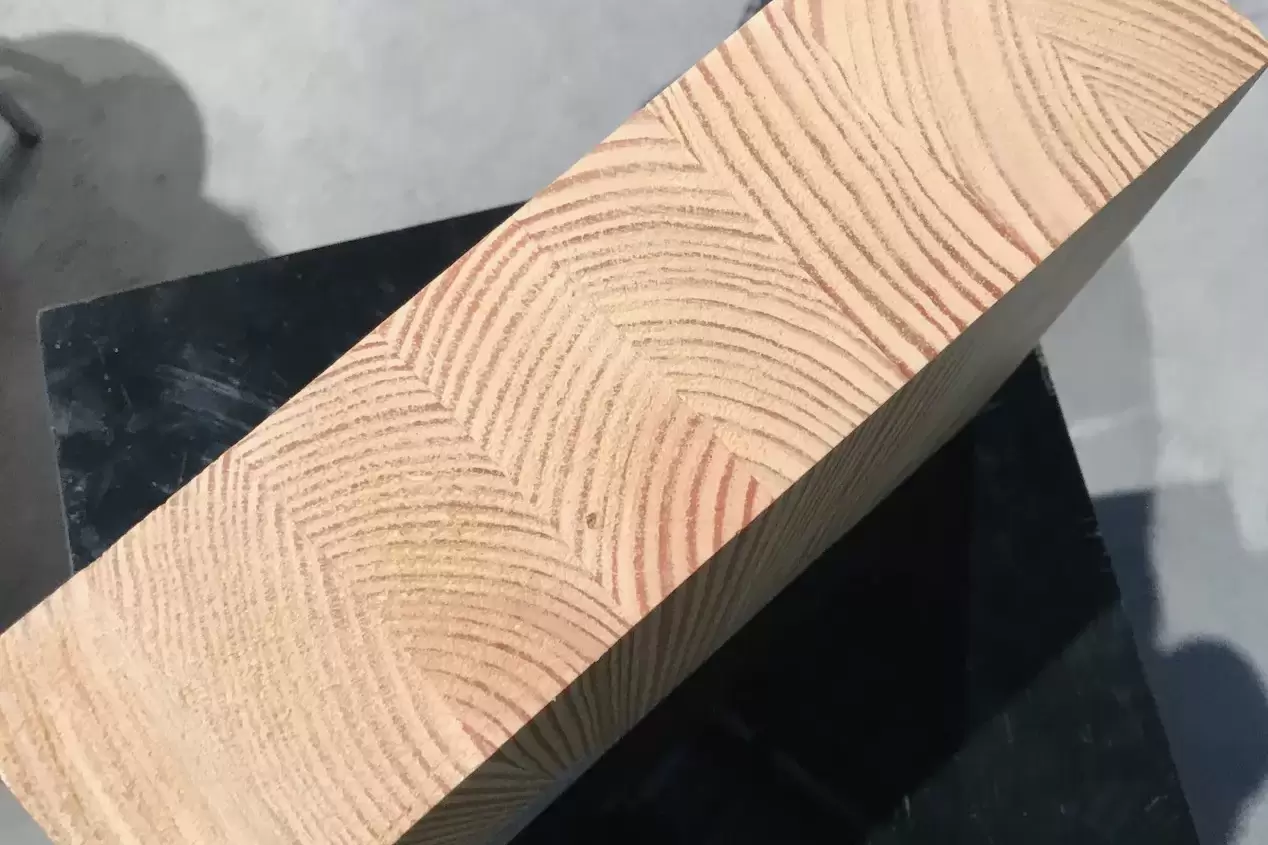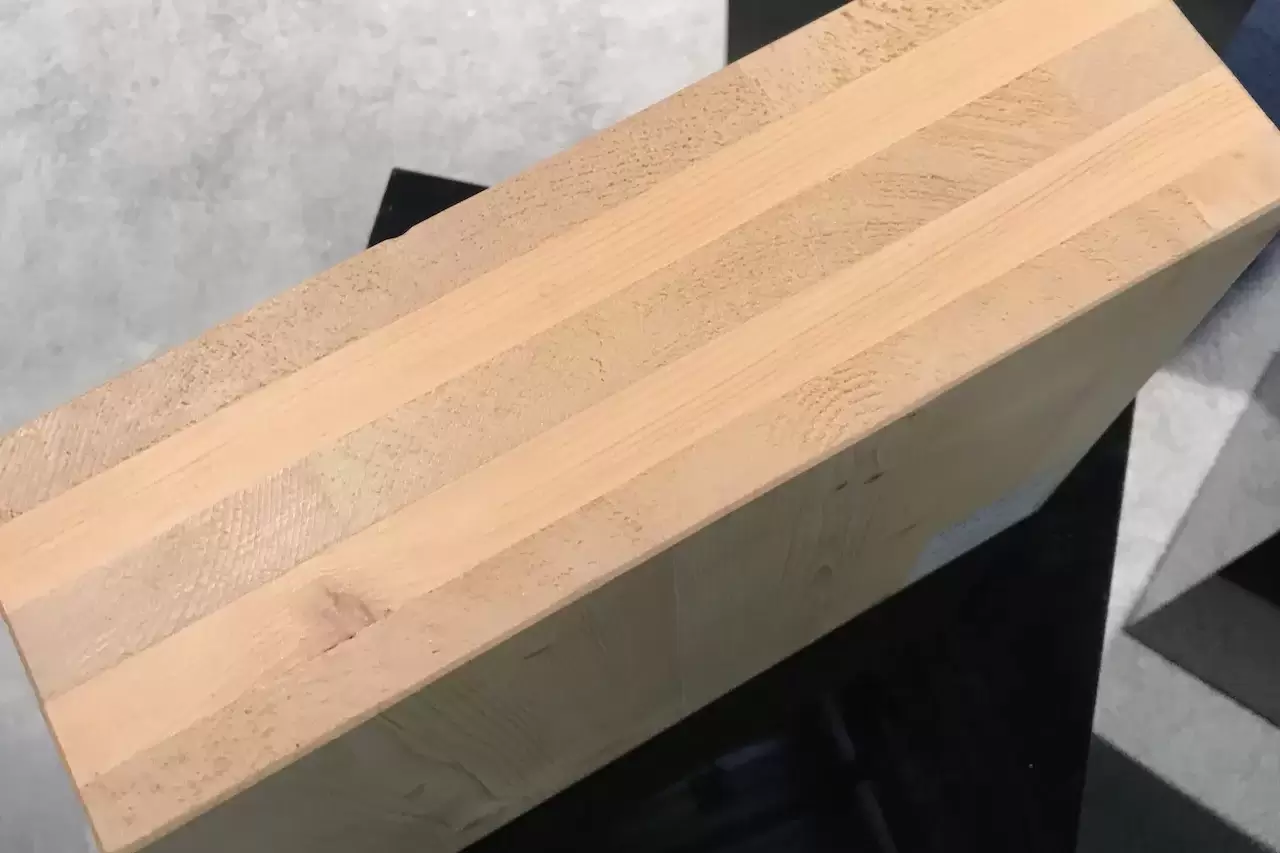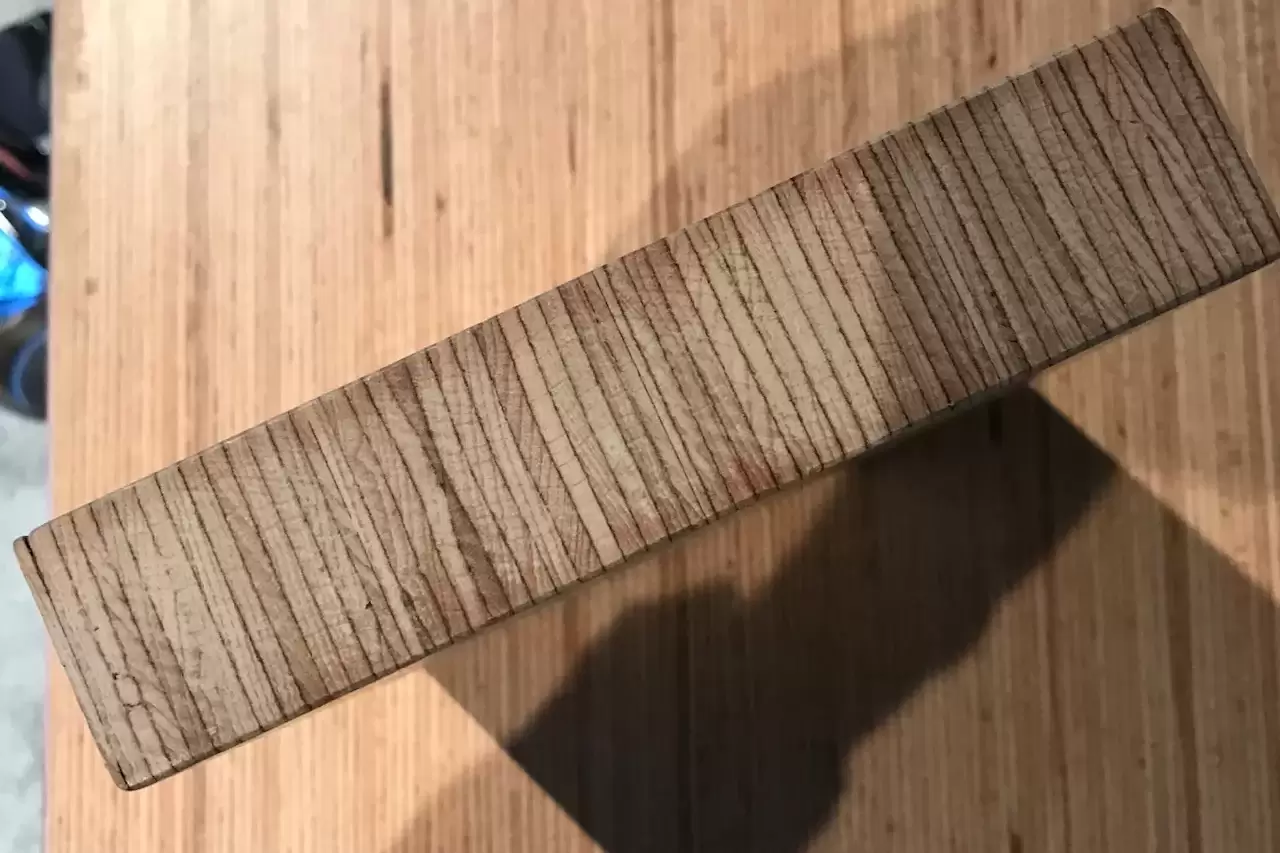Types of wood in construction
Types of wood in construction
Civil construction is one of the industrial sectors of highest economic impact, but is also among those most responsible for environmental effects. The use of non-renewable raw materials, the high energy consumption employed in the extraction, transportation and processing of materials and waste production are among the most significant impacts unleashed on the environment.
The awareness of the need for sustainability and the drive towards zero carbon, as the only way of existing in harmony with natural resources, is progressively changing the paradigm of action in civil construction. Consumer requirements, the quality of the available renewable materials have boosted the growing acceptance of wood as a structural product, not only due to its durability, thermal and acoustic insulation, but because of its ability to safely offer benefits to the environment.
Glued laminated timber (glulam)
Glued laminated timber, also called glulam (GLT), is a technology that dates back to the 17th and 18th centuries, which was patented in Germany in 1906. This type of wood derivative, normally composed of resinous woods (Pines), is used to build large structures, producing beams and pillars of sections and geometries that are hardly available in solid timber.
Normally consisting of 40 mm thick laminates (boards) glued together horizontally, they enable obtaining large-sized structures, with a performance and visual appearance similar to those of solid wood.
This is a very versatile material, with a quality control that is far superior to that of solid wood, and may be produced in a variety of shapes and sizes, with its transport being the limitation on architectural freedom.

Cross laminated timber (CLT)
CLT is different from glulam due to the joining of boards on perpendicular layers with a transversal orientation, offering a structural rigidity that enables the manufacture of panels with bidirectional performance.
Considered the “concrete of the future”, CTL panels guarantee the same structural strength as that of concrete, enabling enhanced thermal and acoustic insulation.
The 85 metre-high skyscraper Mjøstårnet in Brumunddal, Norway, clearly illustrates the versatility and strength of the material.

Solid structural timber (KVH)
Solid structural timber (KVH) beams, generally 13.5 metres long, arise from the longitudinal joining of solid wood elements of 2 to 4 metres, bonded by finger-joints. These solid timber beams are used for the construction of walls, flooring and roofs.
On the market, these beams are usually produced from fir wood, with sections varying from 60 to 120 mm at the base and a height of 80 to 240 mm, with strength class C24.
Laminated veneer lumber (LVL)
Laminated veneer lumber (LVL) products offer a myriad of potentialities and applications in civil construction. LVL is produced from multiple layers of thin wood (1 to 3 mm). As a result, when compared with solid wood, the LVL is stronger, has more uniform properties, is easier to process and shows good mechanical properties.
Its flexural strength and its weight, much lower than that of steel or concrete, make this wood derivative suitable for use as a light but strong structural element in walls, flooring and roofs. Being composed of wood, its use also has a beneficial effect on the building’s energy efficiency.
